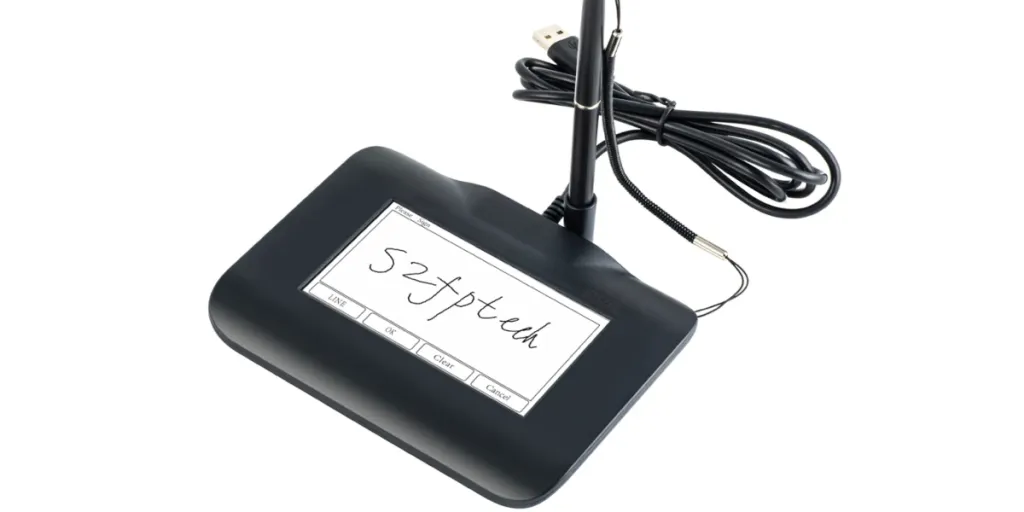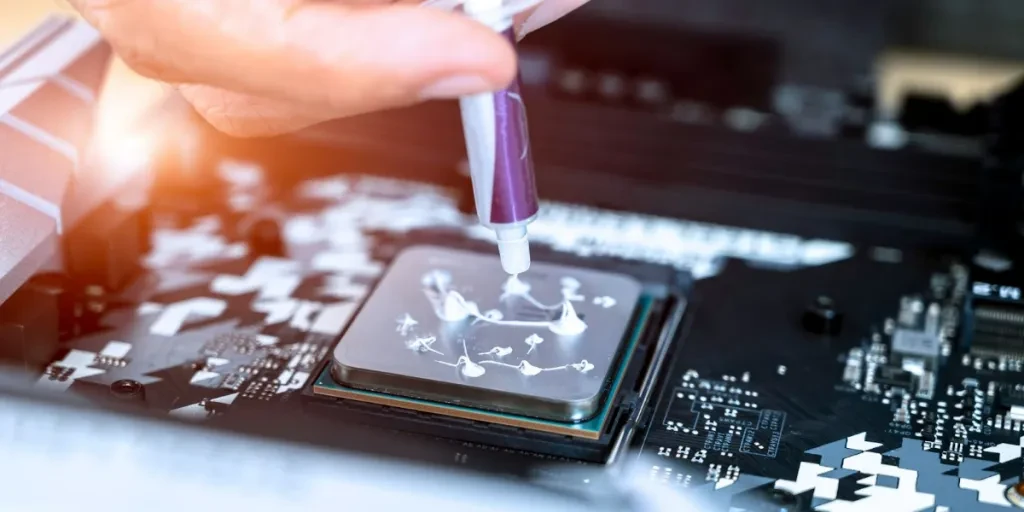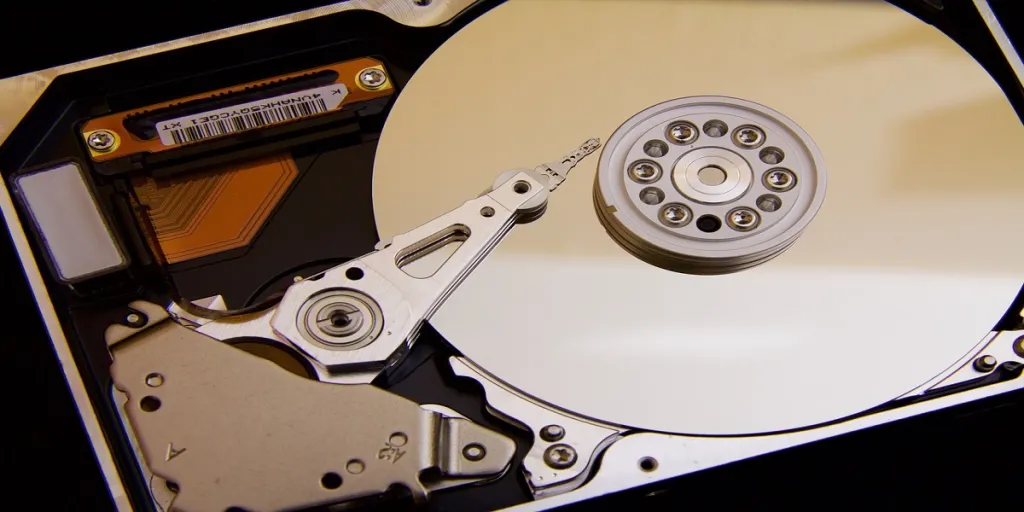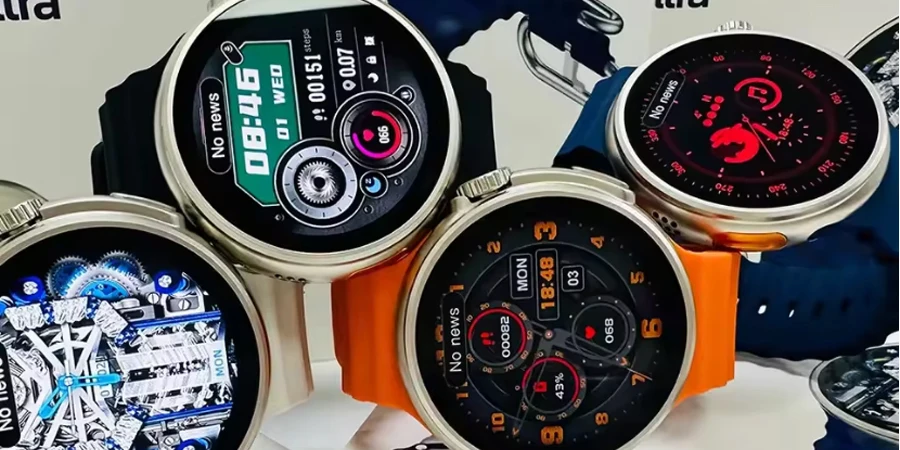The world is moving into the digital space, with most processes finding a home in the virtual world. But one that stands out for certain reasons is signatures. While electronic signatures are becoming popular, many industries can’t handle the high risks of forgeries and unauthorized access.
Hence, sign pads have remained relevant in today’s world. These devices offer the best way to merge physical security with the digital world, making them must-have tools in various critical industries.
Keep reading to learn everything about them and what to look for before entering the market.
Table of Contents
Are sign pads still relevant?
How do sign pads work?
What’s the market for sign pads like in 2024?
3 things to consider before purchasing sign pads
The bottom line
Are sign pads still relevant?
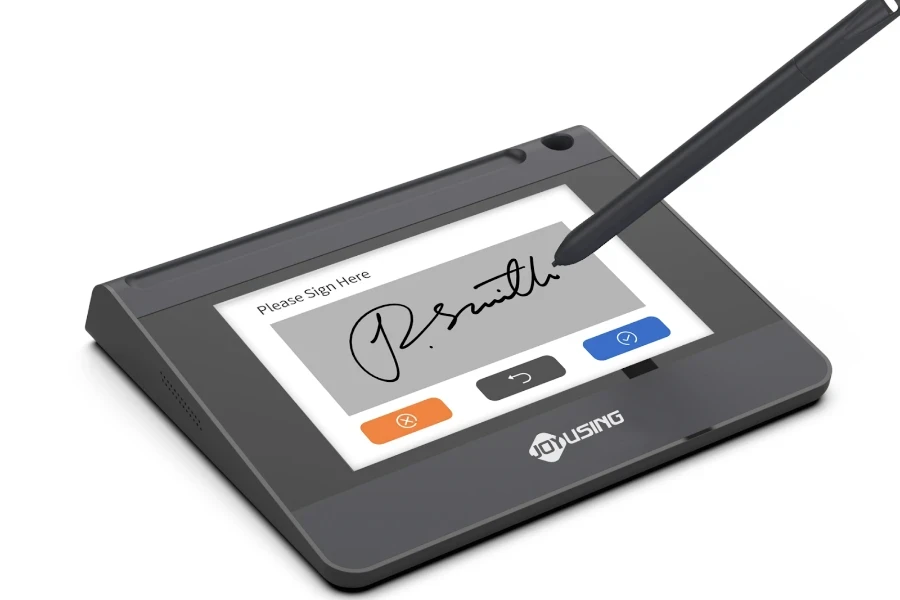
Sign pads (or signature pads) are still incredibly useful in today’s world. They offer a real and accepted way to confirm transactions or agreements with a perfect blend of digital and physical signatures.
Some industries, like finance and law, still need physical signatures due to rules and safety, and sign pads are the perfect tools for the job. Even though virtual signatures are becoming more common, a number of reasons prevent many establishments from doing away with sign pads.
Here are some reasons why sign pads remain relevant devices:
- Legal validity: In many jurisdictions, physical signatures hold legal weight, and sign pads offer an impressive way to capture them digitally. That way, even digital documents can maintain legal validity.
- Versatility: Sign pads allow consumers to use them in different environments, like point-of-sale terminals, business offices, or delivery services. Additionally, sign pads are also handy for adding signatures to ID cards.
- Security: Sign pads have a tactile nature that offers impressive security. How? Using sign pads for digital documents ensures the signature is a deliberate action, which, in turn, helps prevent unauthorized or fraudulent transactions.
While digital alternatives like electronic signatures are gaining traction for their efficiency, sign pads continue to serve a valuable role where physical signatures are required or preferred.
How do sign pads work?

Sign pads do one thing effectively: capture and record a user’s handwritten signature digitally. Typically, they have pressure-sensitive surfaces that react when consumers apply pressure with a stylus or a finger.
In the case of styluses, these pens remain connected to the devices to make them functional. However, not all sign pads allow signatures with fingers.
In addition, sign pads can use electromagnetic or resistive technologies. Electromagnetic sign pads detect the stylus or finger using electromagnetic signals, while resistive pads register pressure on a flexible surface.
But that’s not all. Most sign pads come with LCD touch pads, offering impressive backlit features. These LCD sign pads allow consumers to see “electronic” ink under their stylus or finger while signing.
So, how can consumers use the data captured by sign pads? Simple! These devices come with USB or wireless technologies (like Bluetooth) to establish connections to computers or point-of-sale terminals. Then, they can easily send the digital signature to the connected device for further processing and storage.
What’s the market for sign pads like in 2024?
Experts valued the global sign pad market at US $182.83 million in 2023, projecting it will hit US $207.13 million by 2030. They also expect this growth to happen at a 1.9% compound annual growth rate (CAGR) over the forecast period.
Sign pads are incredibly useful for approving digital documents and transactions, which helps boost their growth. In addition, the growing integration of digital procedures in banking, healthcare, retail, and government sectors is driving noteworthy market expansion.
Signature pads are also experiencing a demand surge because they help improve security by reducing the chances of signature forgeries and ensuring electronic document safety.
Experts predict North America will emerge with the highest market share due to the region’s rising demand for e-legal documents.
3 things to consider before purchasing sign pads

1. LCD or standard?
The first thing to consider when choosing signature pads is whether consumers want LCD or standard options. While both options have become popular for various reasons, they have some differences, making them distinct. Here’s a brief look at them:
- LCD: This device showcases signatures directly on the pad, significantly enhancing their quality. This advanced signature pad technology also has an LED backlight, improving visibility.
- Standard: While standard signature pads also excel in capturing digital signatures, they simulate the feeling of writing on paper with invisible ink, meaning they lack a direct signature display.
Nevertheless, they stand out as a highly cost-effective solution that satisfies legal requirements for electronic signatures.
2. The pad’s surface size
Signing pads offer various surface sizes, catering to different user preferences and document types. Here’s a table showcasing a breakdown of the most common sizes and their advantages.
| Surface size (inches) | Ideal for | Benefits |
| Small (4” x 2.5”) | Compact spaces Portability Capturing small signatures on receipts or contracts. | Takes up minimal desk space. It easily fits in bags or pockets. Perfect for on-the-go use. |
| Medium (6” x 3”) | General-purpose uses Balancing portability with ample signing space for most documents. | More comfortable signing than small pads Suitable for various documents while remaining portable. |
| Large (8” x 5”) | Frequent signing of large documents, like contracts and blueprints. | Provides ample space for complex signatures and annotations. Reduces the need for scrolling during signing. Comfortable for extended use. |
| Extra large (11” x 7”) | Specialized applications, like health care forms or engineering drawings. | Offers maximum space for detailed signatures and annotations. Perfect for viewing and signing large documents with multiple fields. |
3. Smart or electronic?
While “smart” and “electronic” sign pads are handy for capturing signatures electronically, they have some key differences. But before that, note that the best ones for target consumers depend on what they want from the features below.
Electronic sign pads
- Basic functionality: These only capture and display signatures on a screen for verification—some variants only capture signatures.
- Minimal features: Typically, electronic sign pads only have a basic LCD screen and stylus.
- Limited connectivity: Electronic sign pads often connect to computers via USB for power and data transfer.
- Lower cost: They are generally more affordable than smart sign pads.
Smart sign pads
- Enhanced functionality: Smart sign pads go beyond capturing signatures, offering additional features like document annotation, form filling, biometric authentication (fingerprint scanner), and wireless connectivity.
- Advanced features: These devices also feature larger touchscreens, built-in processors, cameras, and, sometimes, operating systems (like Android).
- Standalone operation: Sometimes, smart sign pads can function without a computer.
- Higher cost: They’re more expensive than basic electronic sign pads.
The bottom line
The digital age is fast becoming the norm, but one area remains seemingly unaffected: signatures. While most sectors don’t use traditional paper or pen methods, they use sign pads to simulate that feeling.
As a result, sign pads remain one of the most secure ways to place signatures on digital documents and ID cards. This relevance also helps boost its profitability, as sellers can target industries that still need them.
But before that, remember to utilize the tips discussed in this article to better understand what works for target consumers.
